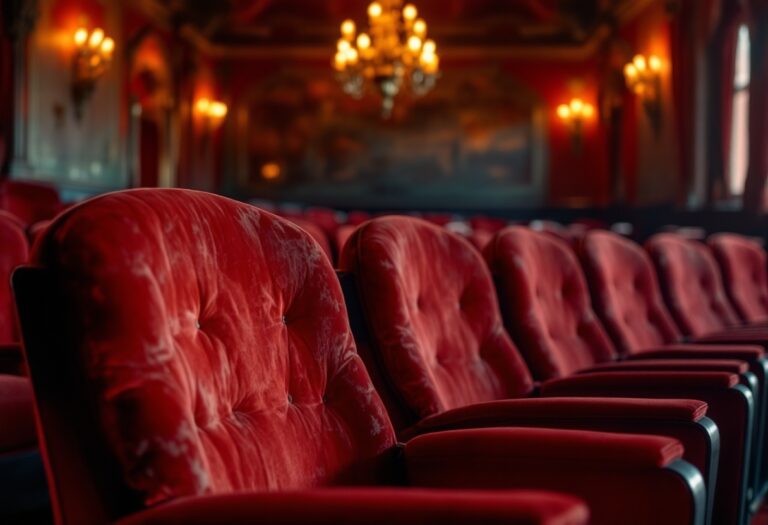Why horror movies captivate audiences and reflect our deepest fears

Topics covered
The enduring allure of horror films: A deep dive into our fascination
Horror films have long been a staple of cinematic culture, captivating audiences with their ability to evoke fear, anxiety, and even empathy. As the genre continues to gain mainstream popularity, it raises the question: what is it about horror that keeps us coming back for more? Recent discussions at events like the Granite Noir crime writing festival shed light on this intriguing phenomenon.
The psychological appeal of horror
Film critic and author Anna Bogutskaya recently addressed this topic, emphasizing that horror films serve as a safe space for exploring our darkest emotions. “We all experience fear, anxiety, or pain in one way or another,” she explained.
“Horror films create those sensations in a controlled environment, allowing us to confront our fears without real-world consequences.” This unique aspect of horror cinema can generate a sense of empathy, as viewers relate to the characters’ struggles and triumphs against terrifying odds.
Breaking stereotypes: Horror fans and their motivations
Contrary to the stereotype that horror enthusiasts are drawn to violence for its own sake, Bogutskaya argues that this perception is misguided. “There’s an insulting idea that horror fans are in it for the wrong reasons,” she stated, advocating for a deeper understanding of the genre. Horror films often reflect societal fears and anxieties, making them a mirror of our collective psyche. By engaging with these narratives, audiences can process their emotions and gain insights into their own lives.
The evolution of horror in mainstream cinema
As horror continues to evolve, it is gaining respect within the film industry. Bogutskaya pointed out that films like last year’s Oscar-nominated “The Substance” challenge the notion that horror is merely lowbrow entertainment. With a growing appreciation for the genre, filmmakers are pushing boundaries and exploring complex themes that resonate with audiences. This shift is evident in the increasing number of horror films that tackle social issues, making the genre not just a source of entertainment but also a platform for commentary.
Recommendations for the hesitant viewer
For those who may be hesitant to dive into the world of horror, Bogutskaya offered some recommendations. Classic films like “The Innocents” (1961) and “Poltergeist” (1982) are excellent starting points, showcasing the genre’s ability to blend suspense with emotional depth. These films exemplify how horror can be both thrilling and thought-provoking, inviting viewers to explore their fears in a safe and engaging way.
The cultural significance of horror films
As we continue to navigate a world filled with uncertainty and fear, horror films provide a unique outlet for expression and understanding. They allow us to confront our anxieties, explore complex emotions, and engage with societal issues in a way that is both entertaining and enlightening. The genre’s evolution reflects our changing cultural landscape, making it an essential part of contemporary cinema.




